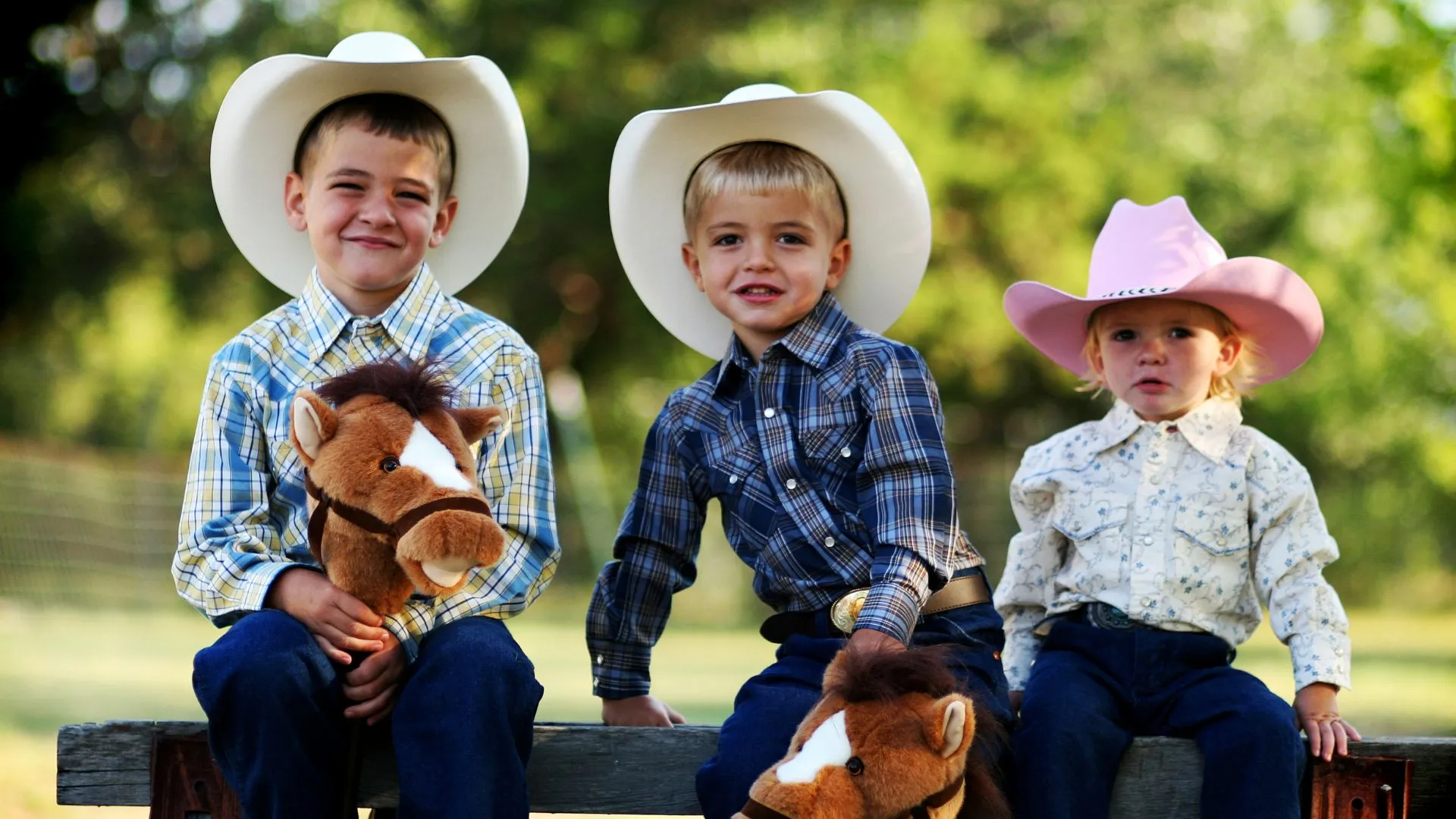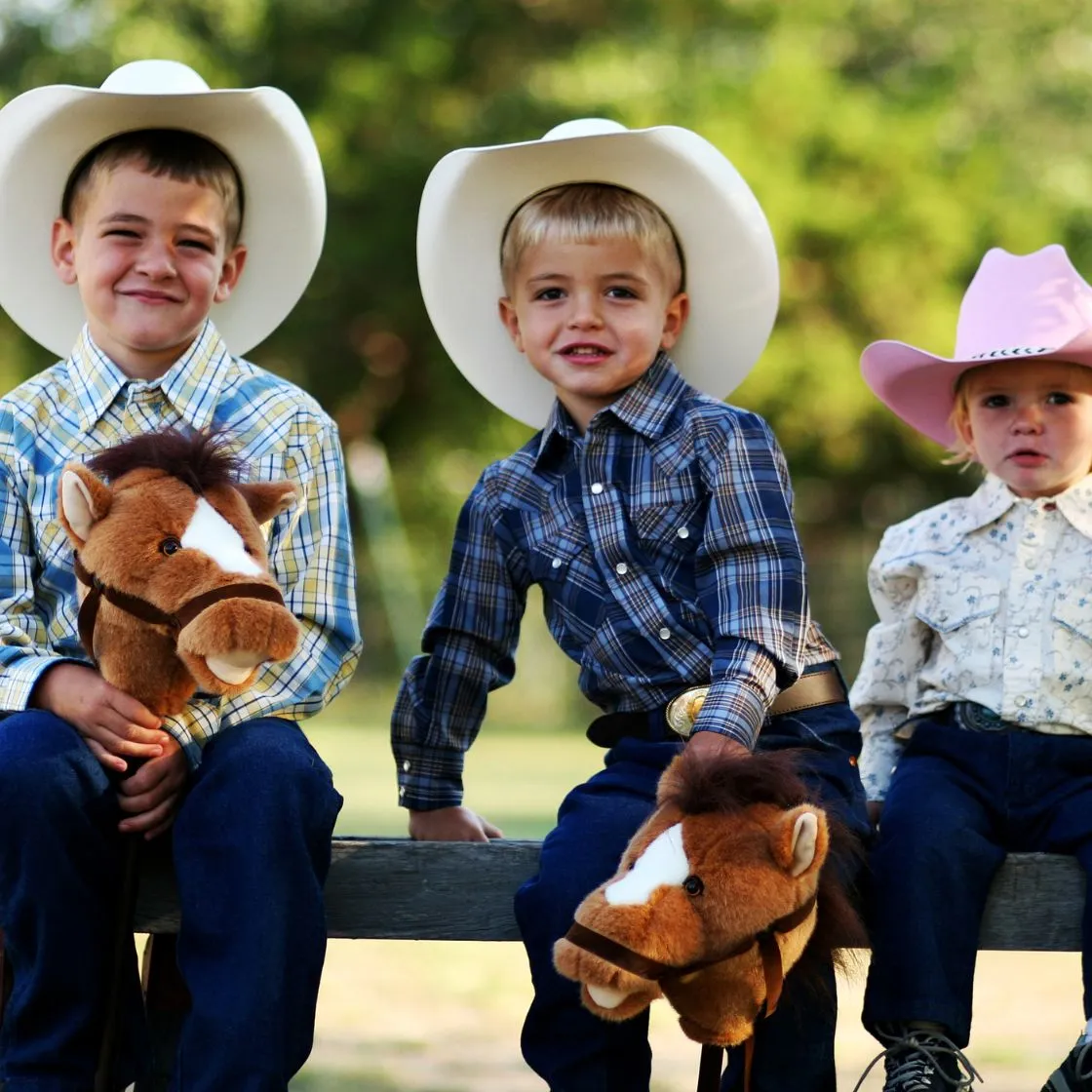History of Bear, Delaware: A Journey Through Time
Introduction: Uncovering Bear’s Rich Past
Bear, Delaware, a town often overshadowed by its larger neighbors, holds a history as unique and diverse as its community. From its early days to its modern development, Bear’s history is a tapestry of events and transformations. This extensive article will explore the intriguing historical journey of Bear, Delaware, unveiling its evolution from a small settlement to the thriving community it is today.












1. Early Settlement: The Birth of Bear
The Foundations of a Future Community
The area known today as Bear was initially inhabited by Native American tribes. With the arrival of European settlers in the 17th century, it transformed into a small agricultural community, laying the foundation for the town’s future growth.
2. Colonial Era: Bear’s Early Development
A Strategic Location in Colonial Times
During the colonial era, Bear’s strategic location near major waterways and trading routes contributed to its early development. The town played a modest role in regional trade and agriculture.
3. Revolutionary Times: Bear’s Place in History
A Witness to the Nation’s Birth
Bear’s proximity to significant Revolutionary War sites meant that it witnessed key moments in America’s fight for independence. Though not a major battleground, the area was nonetheless influenced by the events of the time.
4. 19th Century: Growth and Change
Industrialization and Expansion
The 19th century marked a period of growth for Bear. The advent of the Industrial Revolution brought new opportunities and challenges, reshaping the town’s economic and social landscape.
5. The Civil War Era: A Community Divided
Bear During the Turmoil of War
Like many communities in Delaware, Bear experienced divisions during the Civil War. Its strategic position once again played a role, this time in the context of a nation at war with itself.
6. The Turn of the Century: A New Era for Bear
Embracing Modernization
The turn of the 20th century brought significant changes to Bear. The arrival of modern infrastructure, including railroads and better roads, facilitated growth and connected Bear more closely with surrounding areas.
7. Mid-20th Century: Suburbanization and Growth
The Transformation into a Suburban Town
Post-World War II, Bear began to transform from a rural community into a suburban town. This period saw a significant increase in housing developments and a shift in the local economy.
8. The Late 20th Century: A Period of Rapid Development
Bear’s Expansion and Diversification
The late 20th century was a time of rapid growth for Bear. The expansion of nearby cities and the attractiveness of suburban living led to a population boom and the development of new residential and commercial areas.
9. Bear in the 21st Century: A Modern Community
Embracing the Future While Remembering the Past
Today, Bear is a modern community that balances growth and development with a respect for its historical roots. It stands as a testament to the resilience and adaptability of its residents.
10. Preserving Bear’s Heritage: Historical Sites and Efforts
Keeping the Past Alive
Efforts to preserve Bear’s historical sites and heritage are ongoing. These initiatives ensure that the town’s rich history is not forgotten and that future generations can learn about and appreciate Bear’s journey through time.
Conclusion: The Ongoing Story of Bear, Delaware
In conclusion, the history of Bear, Delaware, is a story of evolution and resilience. From its early days as a small settlement to its current status as a dynamic suburban town, Bear’s history is a fascinating blend of historical events and societal changes. This journey through time reveals not only the town’s adaptability but also the strong sense of community that has always been at its heart. As Bear continues to grow and develop, it does so with an eye on its past, ensuring that its rich history continues to be a guiding force for its future.